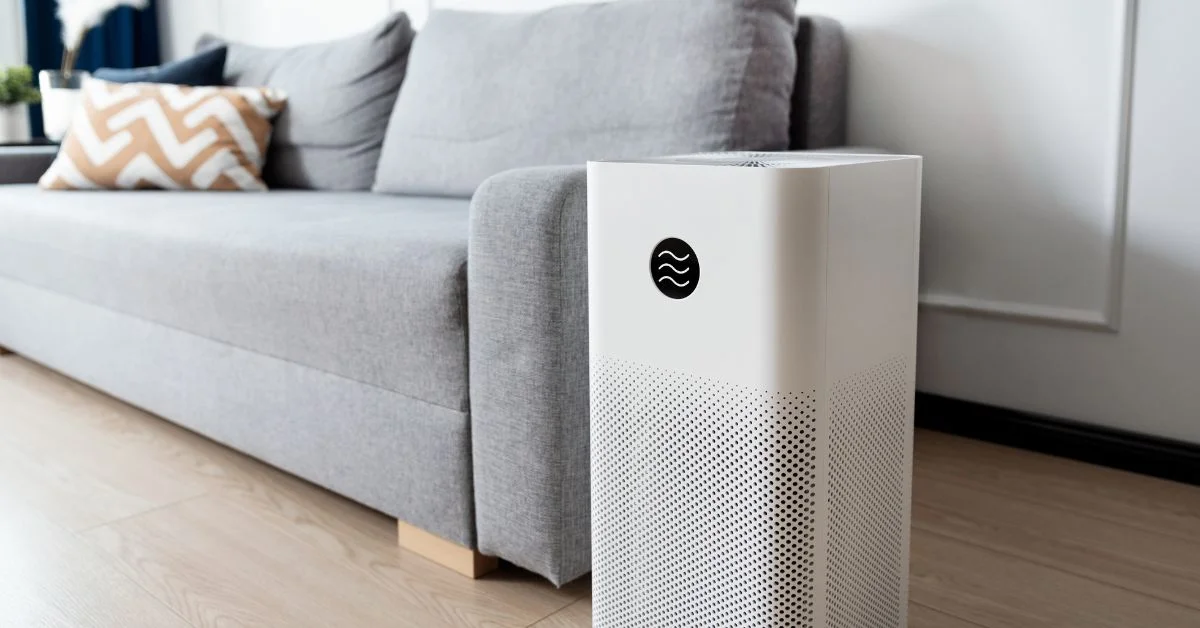Indoor air pollutants are becoming a growing concern for homeowners worldwide. From pet dander, pollen, to dust, harmful pollutants are constantly lurking in the air we breathe. To tackle this issue, air purifiers have become increasingly popular, but many homeowners face challenges in positioning and caring for these devices correctly. There are practical placement strategies and maintenance tips to ensure that you get the most out of your air purifier. According to triad aer shop, check out the following
Pick the Right Spot
When it comes to the placement of your air purifier, location is key. You want to position the air purifier where it can capture as much polluted air as possible. Ideally, place the purifier in the room where you spend most of your time. This could be your bedroom, living room, or home office. If you’re looking to purify multiple rooms, consider investing in a portable air purifier that you can easily move around.
Keep It Away from Obstructions
Air purifiers work by pulling air through the device, filtering out pollutants, and then blowing clean air back into the room. Therefore, it is essential to avoid placing the air purifier in tight spaces with obstructions as this may prevent it from performing optimally. Ensure that you have enough space for the air purifier to operate freely without hindrances such as curtains, furniture, or walls which may obstruct airflow.
Regular Cleaning
Like any other household appliance, air purifiers require frequent maintenance. The filters should regularly be cleaned to prevent the build-up of pollutants and extend their lifespan. Follow the manufacturer’s instructions on how to clean your specific purifier.
Most purifiers come with a removable filter, making cleaning an easy and straightforward process. It is advisable to set a reminder to clean the filter every three months or more frequently, depending on the level of usage.
Replace Filters
Eventually, the filters become clogged with pollutants, rendering the purifier inefficient. To keep the air quality in your home pristine, consider replacing your filter every six months or more frequently if you have pets or suffer from allergies. Changing the filter is an easy process that doesn’t require any technical skills. Consult the manufacturer’s instructions for guidance on how to replace the filter.
Monitor the Air Quality
After positioning and maintaining your air purifier, it is essential to monitor the air quality in your home regularly. Meters that measure air quality are widely and readily available. They give you precise readings of the air quality allowing you to identify any sources of pollution that may be affecting your home. By monitoring the quality of air in your home, you can give your purifier a well-timed break when it’s not required, saving you money on your electricity bill, and extending its lifespan.
How Location Influences Your Air Purifier’s Performance?
The location of your air purifier can significantly affect its performance. Here are a few tips to help you choose the best location for your purifier:
1. Avoid Placing it Near Walls or Furniture:
To ensure that your air purifier works efficiently, avoid placing it near walls or large pieces of furniture. This is because these objects can obstruct the airflow and prevent the purifier from circulating air properly.
2. Place it in the Center of the Room:
Ideally, your air purifier should be placed in the center of the room to allow for maximum circulation and efficiency. This will help ensure that all corners of the room receive clean air and reduce any chances of stagnant air.
3. Keep it Away from Direct Sunlight:
Direct sunlight can interfere with the performance of your air purifier. It is recommended to keep it away from direct sunlight or any other strong sources of light.
Environmental Factors That Affect Your Air Purifier’s Efficacy
Apart from location, other environmental factors can impact your air purifier’s efficacy. These include:
Humidity Levels:
Excessive humidity levels can reduce the effectiveness of your air purifier as it increases the moisture content in the air, making it harder for the device to filter out pollutants.
Temperature:
Extreme temperatures can also affect your air purifier’s performance, especially if the device has a built-in air quality sensor. High temperatures can cause the sensor to malfunction and give inaccurate readings.
Air Quality:
The current air quality in your area can also affect how well your air purifier works. If you live in an area with high pollution levels, it may require more frequent filter replacements or maintenance to keep it running efficiently.
Airflow:
Proper airflow is crucial for your air purifier to work effectively. Make sure that there are no obstructions near the device, and it has enough space to circulate clean air throughout the room.
By taking these environmental factors into consideration, you can maximize the performance of your air purifier and keep your indoor air clean and healthy. Remember to also follow the manufacturer’s instructions for optimal use and maintenance of your specific device. With proper care and usage, your air purifier can be a valuable tool in improving your indoor air quality.
Air purifiers have become essential appliances in maintaining good indoor air quality. The placement of the purifier can make a huge difference in how effective it is in filtering air pollutants.
Invest in a good quality air purifier and enjoy the benefits of breathing clean, fresh air at home or in your office. Additionally, you can also consider other measures to improve your indoor air quality, such as using natural cleaning products, incorporating plants that act as natural air purifiers, and proper ventilation.
If you find this article helpful, click here for more.









